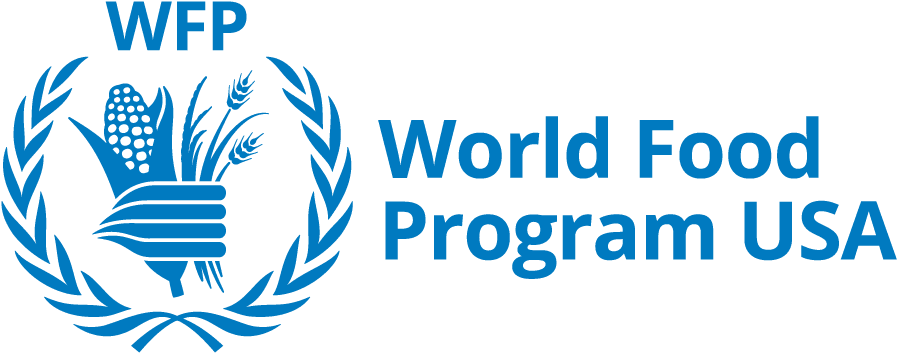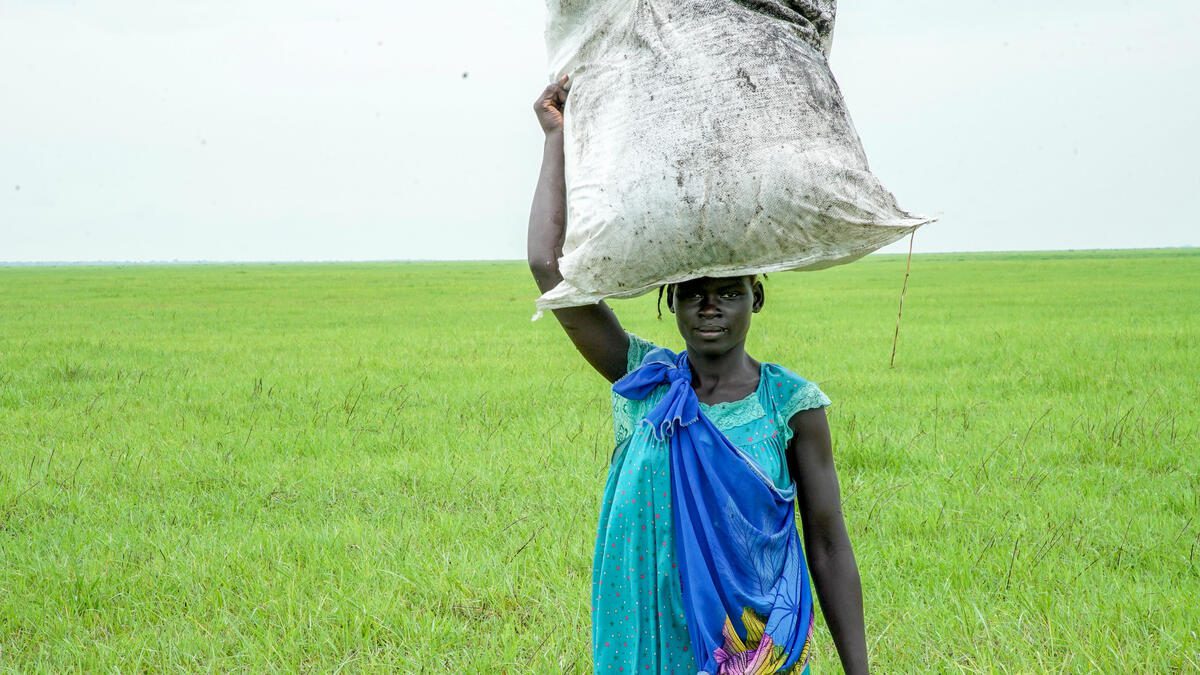This year’s World Science Day for Peace and Development celebrates “Building Climate-Ready Communities.” As the threat of climate change intensifies, the need becomes all the more imperative to use scientific solutions to build sustainable societies.
“People affected by the climate crisis do not have the luxury to wait until the world’s changed course on greenhouse gas emissions.”
The world in which the United Nations World Food Programme (WFP) operates today is characterized by a rise in hunger happening faster than at any previous time in the 21st century. It is a world in which 811 million people are currently going hungry, 45 million of whom are on the brink of famine.
In August, the sixth ‘State of the Science’ report of the U.N.’s Intergovernmental Panel on Climate Change (IPCC), confirmed that the role of climate change as a risk-multiplier for hunger, poverty, conflict and displacement is not going to let up any time soon.

State of the Science: A Warning to Humanity
Many of the things the scientific community knew about climate change 14 years ago still hold true. Yet, advances in climate modeling now allow more detailed insights and projections with a smaller window of uncertainty.
For example, the ‘State of the Science’ report is now able to disentangle the human impact from nature’s contributions to global warming. In doing so, it confirms that human-induced greenhouse gas emissions are behind some of the heatwaves, storms and floods that require organizations such as the U.N. World Food Programme to launch massive operations to save lives.

Even under the IPCC’s most optimistic scenario, in which the world’s emissions drop sharply and are reduced to net-zero by 2050, global temperatures will still peak above the 1.5°C threshold set in the Paris Agreement.
How Climate Extremes Are Driving Hunger
People that are affected by the climate crisis today do not have the luxury to wait until the world has changed course on greenhouse gas emissions. They already find themselves caught in the vortex of more frequent and intense climate extremes, which have increased 5 time over in the last 50 years and caused increasing damage to the world’s food systems.

In 2020, climate extremes were the predominant driver of acute hunger in 15 countries and displaced 30 million people internally within their countries. Displacement tends to fuel social and political tensions. Once these tensions erupt into violence, people become even more vulnerable to hunger and unable to manage risks.
Even when people are not displaced by floods, storms or drought, climate extremes can trigger:
- irregular rainfall patterns and cropping seasons
- pest infestations
- diseases
- intense temperatures
These stressors hurt both crops and livestock and make livelihoods so precarious that small disruptions can result in severe hunger.

Solutions and a Look Forward
What’s the answer? It’s programs that maximize the benefits of nature-based climate solutions for local communities, like coastal greenbelts, reforested hillsides and communal ponds and reservoirs. It’s also technologies to improve the prediction of climate disasters and preventative risk-financing systems (which help narrow the funding gap after climate disasters, especially for small-scale farmers.)

In the humanitarian sector, the Code Red for the global climate that has been emphasized by the latest IPCC report has long been recognized as a reality in the field. The U.N. World Food Programme is already supporting people on the frontlines of the global climate crisis who are facing famine, and new hotspots are appearing on our HungerMap each day.
Climate change threatens every corner of every country, every sector of every economy and the future of each and every child. This reality has never been clearer.
This blog originally appeared on WFP’s Stories and was written by Gernot Laganda, Chief of Climate and Disaster-Risk Reduction at the United Nations World Food Programme (WFP).






